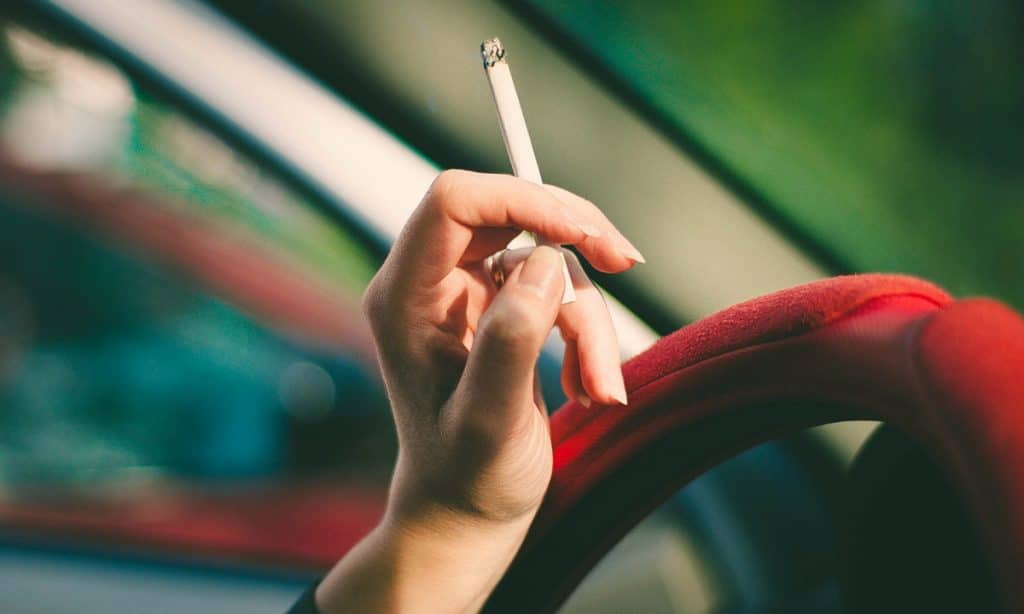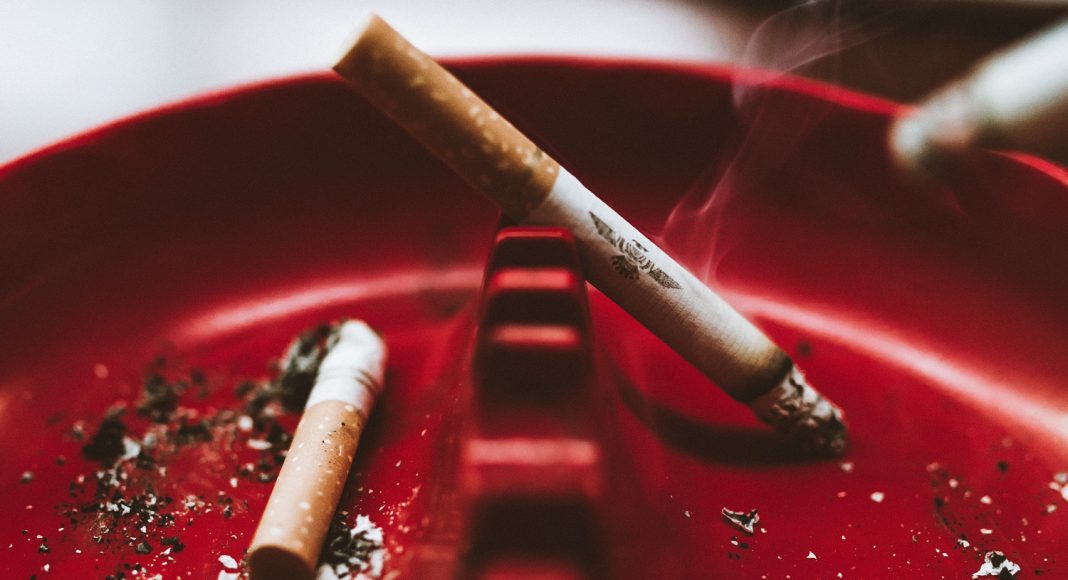A new study claims that the term “smoker’s face” isn’t just an insult; there’s scientific evidence to prove it actually exists.
As if lung cancer and impaired health wasn’t a big enough deterrent, a new study says that smoking cigarettes also causes “smoker’s face,” a condition that makes people’s faces look older and less attractive.
This term, coined in the 80s, refers to the facial lines and the damage that appears once people pick up a smoking habit for long periods of time. Although the expression was used randomly, scientists hadn’t found evidence that supported it until now. This new study, conducted by PLOS Genetics, says that smokers tend to look older than people their own age, having two genetic variants that non-smokers don’t have.
“The analysis searched across 18,000 traits and apart from the new finding of more rapid facial aging, also identified several previously reported effects of smoking, confirming the method’s effectiveness. The known effects of smoking that the analysis identified included worse lung function, and higher risk of chronic obstructive pulmonary disease (COPD) and skin cancer,” says the study.
RELATED: How CBD Oil Can Help You Quit Smoking

The New York Post points out some of the side effects of smoking that people find unattractive, including: yellow teeth, a propensity for more cavities and dental issues, dry skin, and a propensity for saggy and wrinkly skin, due to the loss of elasticity caused by nicotine. All of these — depending on the smoker’s habits — could settle in before the age of 30, drastically affecting people’s looks. Another trait that’s rarely mentioned is the lines that appear on the corners of people’s mouths due to the puckering of the lips around the cigarette.
RELATED: Research Shows Parallels Between Cannabis And Tobacco Secondhand Smoke
There’s a lot of contradicting evidence out there regarding smoking. While there’s been a large focus on people quitting the habit and trading it for other healthier options (the CDC claims smokers in the U.S. have reduced their numbers from 20% in 2005 to 14% in 2017) the rise of vaping devices also needs to be accounted for. Despite the vaping illnesses that have affected hundreds of people, teenagers are vaping in increasing amounts. Still, despite all of this, studies that say that smoking could make us uglier might make people think twice before lighting up. We’re all a little vain, aren’t we?


